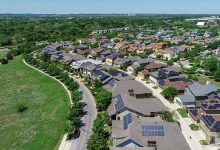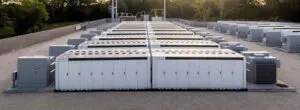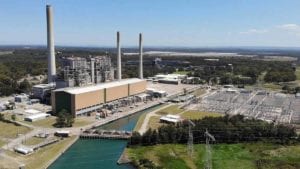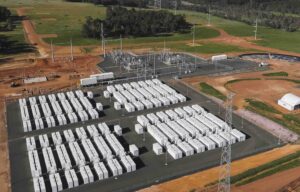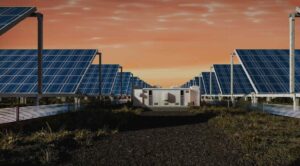The Australian Energy Market Operator (AEMO) has begun its push for new national minimum technical standards for distributed energy systems which would apply to all new installations of rooftop solar systems, household and business battery system, and electric vehicles delivering power to the grid.
AEMO has lodged a request for a rule change to the energy market rule marker, the Australian Energy Market Commission (AEMC), seeking the approval to develop a minimum set of technical standards that it hopes will tackle some of the challenges emerging as the number of distributed energy resources (DERs) grows.
AEMO says the change is needed because of the growing uptake of distributed energy systems, including rooftop solar and battery storage systems and the increasing proportion of power being delivered by such systems in parts of the National Electricity Market, particularly South Australia.
It argues that a uniform minimum standard is needed “so that DER can contribute to the secure and reliable supply of electricity to all consumers in the NEM, whilst providing greater value to DER owners and minimising cross-subsidies to those who cannot install these resources.”
The proposed standards are wide-reaching, and would apply to small and medium solar and battery storage systems, controllable loads, demand response systems as well as electric vehicles with the capability to deliver power stored in batteries back into the grid.
AEMO has opted to propose a broad definition of distributed energy resources, to ensure the minimum standards continue to apply to new and emerging technologies as they enter the market.
The rule change would seek to unify the technical requirements for distributed energy resources, including requirements for grid connection, the management of voltage and frequency fluctuations and how systems manage periods where power supplied by distributed systems exceeds demand.
“Minimum standards on technical capabilities to integrate DER with the power system will improve certainty about the behaviour, performance and contribution of DER to the power system during and following severe disturbances,” AEMO says.
By aligning these rules under a nationally consistent regime, AEMO hopes that improved system performance will help ease some of the tighter restrictions on solar and storage installations being imposed by network companies, including size limits, allowing more households and small businesses to have systems installed.
“By improving the performance of DER and the predictability of DER behaviour, standardisation of minimum DER capabilities across the NEM will allow more consumers to connect DER to the grid in the future and increase the avenues available for consumers to optimise their investments in DER,” AEMO says.
These technical requirements are currently controlled through different sets of regulations and standards in each State and Territory and can even vary between different network operators in the same state, creating a mish-mash of rules.
However, individual distribution network service providers will still be able to impose additional technical requirements.
Distribution Network Service Providers (DNSPs) will then be required to monitor installations of distributed energy resources, to ensure that they meet AEMO’s specified minimum standards.
AEMO considers that the standards can either be achieved based on the design of the system itself, or through the use of an intermediary device, such as an inverter or smart meter, that ensures compliance with the new standards.
Work on a proposed new technical standard for distributed energy systems started after the COAG Energy Council tasked both the Energy Security Board and AEMO to deliver the rule change request at its meeting in March.
AEMO has proposed that the new standards will only apply to new installations of distributed energy technologies, and will not apply to existing systems, with AEMO hoping to have the new technical standards in place by October 2020.
The standards will likely mirror technical requirements that are also proposed for Western Australia, which does not participate in the National Electricity Market, to ensure national uniformity in the regulations.
The formal rule change process has not yet been initiated by the AEMC, with the agency set to release a consultation paper on AEMO’s proposal sometime in the future.
RenewEconomy and its sister sites One Step Off The Grid and The Driven will continue to publish throughout the Covid-19 crisis, posting good news about technology and project development, and holding government, regulators and business to account. But as the conference market evaporates, and some advertisers pull in their budgets, readers can help by making a voluntary donation here to help ensure we can continue to offer the service free of charge and to as wide an audience as possible. Thank you for your support.

